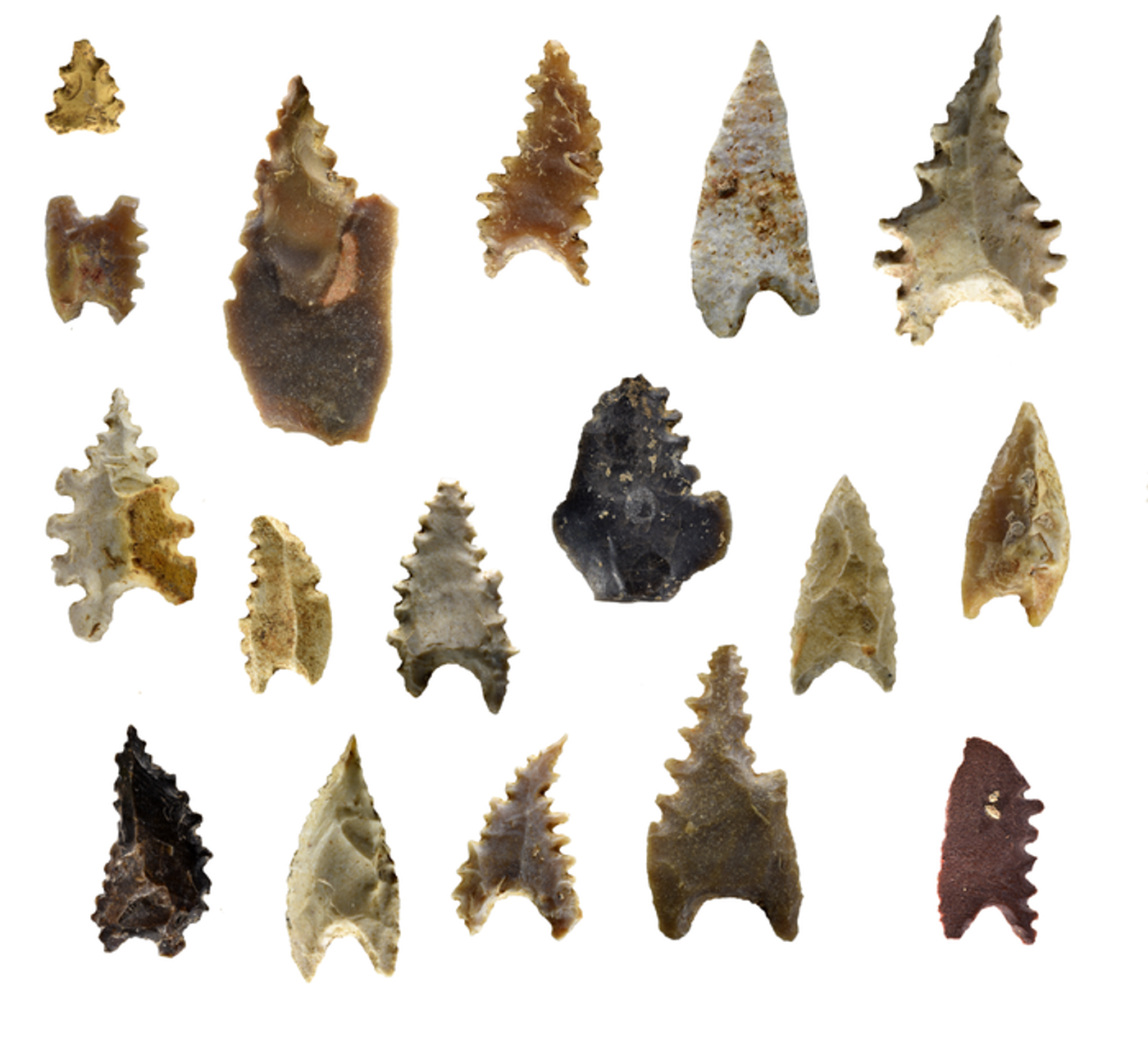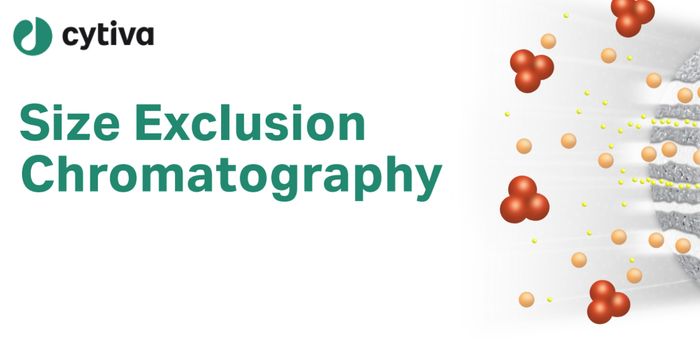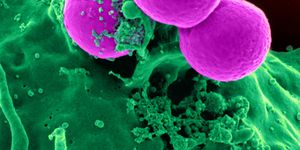Archaeological Site Reveals DNA Belonging to an Ancient Human Relative
The Wallacean Islands are thought to have served as stepping stones for the first modern humans as they migrated from Eurasia to Oceania, probably over 50,000 years ago. Ancestors of modern humans may have been living in Wallacea 47,000 years ago. The Toalean culture existed there in a small part of the southern peninsula of Sulawesi, Indonesia.
The Toalean technology complex is an archaeological discovery that's been dated to between 8,000 and 1,500 years ago. In a limestone cave called Leang Panninge in South Sulawesi, a skeleton has been found there. The researchers were able to isolate DNA from the skull of the individual, which was very challenging because the local tropical climate degraded the material at the site. Nonetheless, the researchers determined that the Toalean person was a teenage female, and the skeleton is estimated to be about 7,200 years old.
The findings have been reported in Nature.
“We were able to assign the burial at Leang Panninge to that culture,” said Professor Adam Brumm of Griffith University, Australia. “This is remarkable since it is the first largely complete and well preserved skeleton associated with the Toalean culture.”
The individual was found to be carrying a significant amount of DNA from an ancient Asian population, as well as some Denisovan DNA in their genome. The Denisovans were an ancient group of humans that were thought to have lived in the areas around modern-day Siberia and Tibet. But indigenous groups in Australia, the Phillipines, and New Guinea still carry traces of Denisovan DNA in their genomes.
“The fact that their genes are found in the hunter-gatherers of Leang Panninge supports our earlier hypothesis that the Denisovans occupied a far larger geographical area,” said study co-author Professor Johannes Krause of the Max Planck Institutes for Evolutionary Anthropology.
When the researchers assessed the genomes of hunter-gatherers that lived about the same time but west of Wallacea, they did not find Denisovan DNA.
“The geographic distribution of Denisovans and modern humans may have overlapped in the Wallacea region. It may well be the key place where Denisova people and the ancestors of indigenous Australians and Papuans interbred,” suggested study co-author Professor Cosimo Posth of the University of Tübingen.
The amount of ancient Asian DNA in this individual's genome surprised the researchers, "because we do know of the spread of modern humans from eastern Asia into the Wallacea region but that took place far later, around 3,500 years ago. That was long after this individual was alive,” Krause noted.
People living in Wallacea today don't seem to be descended from the group that lived at Leang Panninge, and we don't know what happened to the Toalean culture or people.
Sources: Max Planck Institute for Evolutionary Anthropology, Nature










